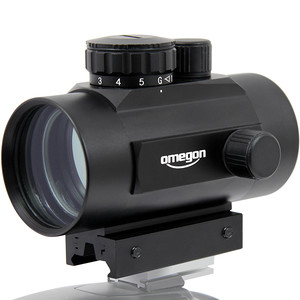The Astronomik UHC is the filter for visual observing.
You will enjoy using your Astronomik UHC filter because you will see more stars and more details in deep-sky-objects compared to using filters from all other manufacturers.
The Astronomik UHC (Ultra High Contrast) filter allows the transmission of nearly 100% of the radiation from both O-III and the H beta lines. Though the second window for the H-alpha-line is not intended for visual observing, it is important, if the filter is used with an electronic device. All annoying, scattered light from other wavelength sources, including local artificial light pollution, is reliably filtered out. With this strong blocking of the sky background an unexpected wealth of detail becomes visible for gas nebulae and planetary nebulae.
Main use
Astronomik UHC filters’ astounding high light transmission brings better views of deep-sky-objects even to small telescopes! The high transmission of the optical glass filters means that enough light is available to allow successful visual observations with telescopes beginning at 2" (50mm) aperture. The Astronomik filters are optimized for use with telescope focal length f / ratios of f/4 to f/15. Transmission losses and chromatic distortions, which arise with other filters, only occur with Astronomik filters when extremely bright aperture ratios of 1:2 and more come into play. Another major advantage of our Astronomik UHC filter is the high optical quality of the filter glass. When using Astronomik UHC filters you will quickly notice the same needle-sharp stars which you are familiar with from your astronomical instrument without any filter!
A bit of help with your selection:
- As a first filter, we recommend the Astronomik CLS filter. This filter suppresses artificial light pollution and natural airglow. By using this filter you get a dark-sky background and can therefore use much longer exposure times to make fainter objects visible. The filter is optimised in such a way that objects are reproduced in their natural colours. Important: the simple CLS filter has no built-in IR-blocking. Therefore you will need the CLS-CCD filter for an astro-modified camera!
- A good choice for working in locations with really heavy light pollution is the Astronomik UHC filter. The transmission curve of this filter only allows the light of the H-beta, OIII, H-alpha and SII lines to pass through. The background suppression is significantly stronger than with the CLS, however this filter works only for gas nebulae! Star clusters and galaxies are largely filtered out.
- For a more in-depth introduction to astrophotography, we recommend the OIII, H-alpha and SII emission lines filters, available with full width at half maximum of 6nm or 12nm. With these filters you can create detailed images of faint objects even from locations with extreme light pollution and a full Moon high above in the sky. Images in these narrow emission lines are not naturally coloured.
- For the owners of astro-modified cameras we offer the Astronomik OWB filter: OWB stands for "original white balance". The filter corrects the displaced colour reproduction of a converted camera so that it can also be used for normal every-day photography, without having to revise every image on the computer.
The Clip-Filter are sucessfully tested with Pentax K1 and K1 MkII bodys.

